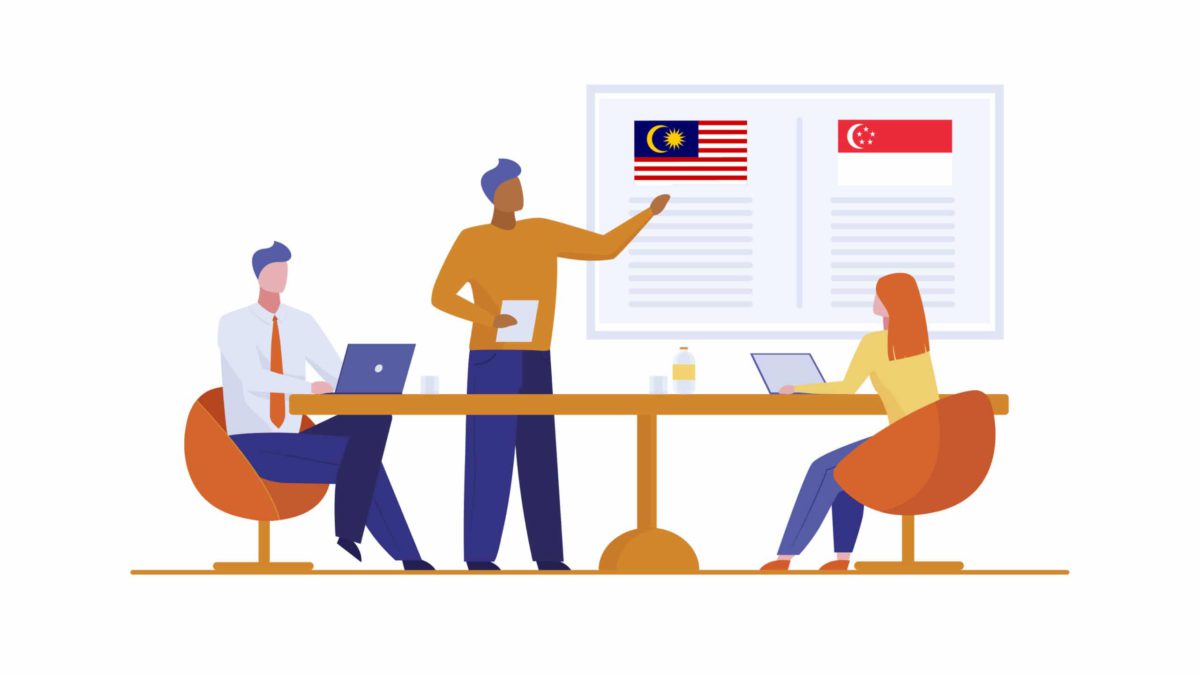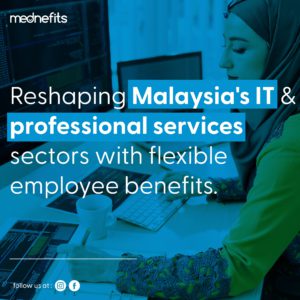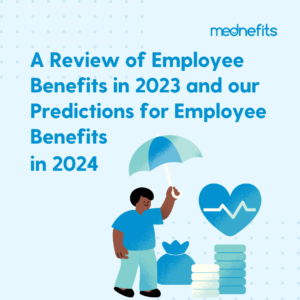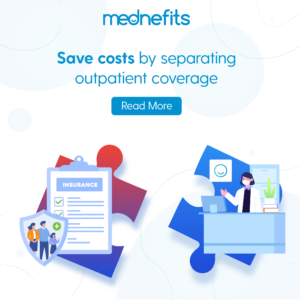
Covid-19 – Everything You Need to Know
November 1, 2022
The Ultimate Guide to Reducing Employee Benefits Costs
November 8, 2022The Ultimate Guide to Employee Benefits in Singapore
Employee Benefits
The ultimate guide to employee benefits in Singapore
November 7, 2022
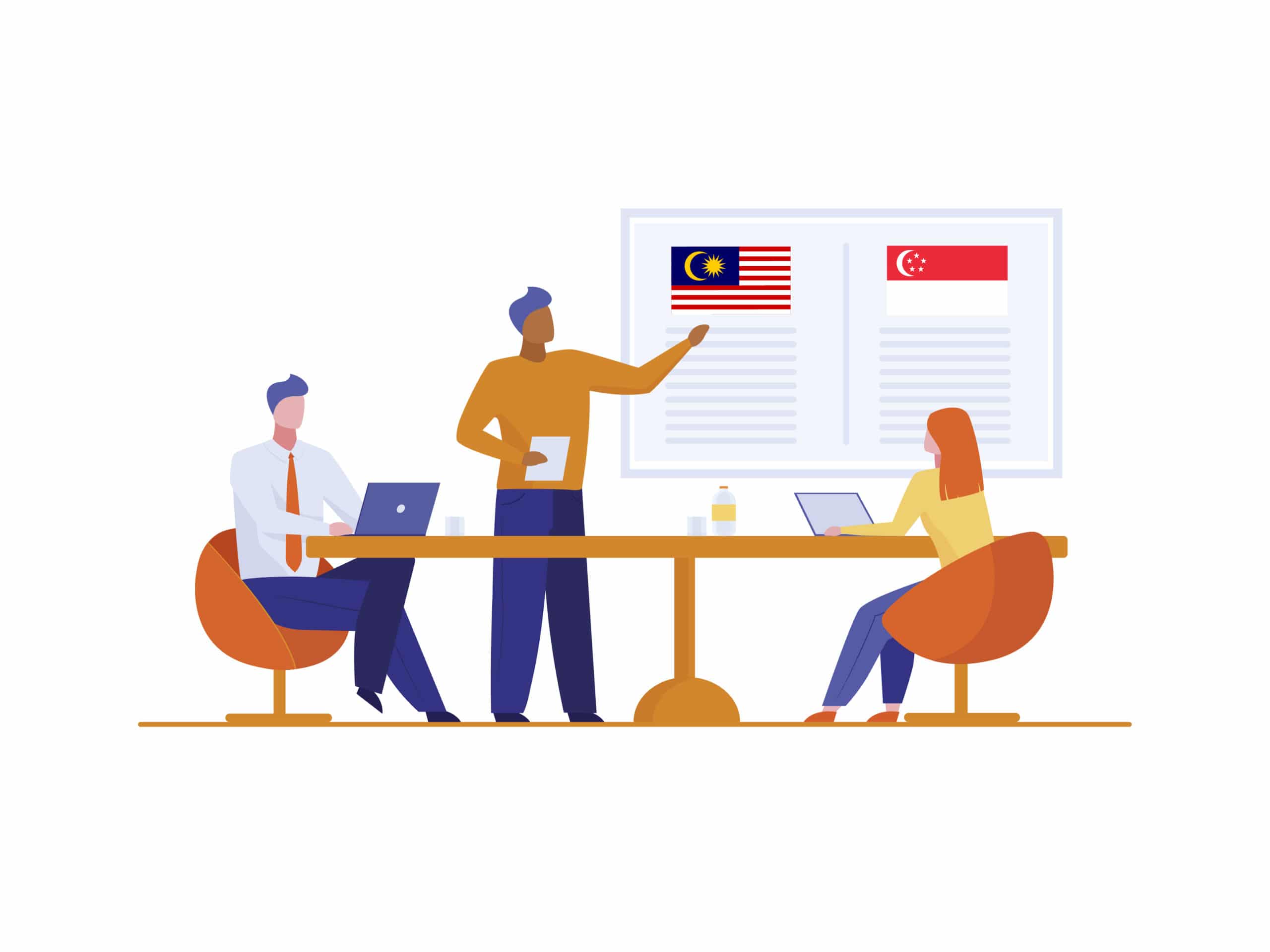
The employee benefits package is one of the essential employee retention and recruitment tools you have at your disposal.
But how do you make sure that your company is getting the ROI it deserves?
There are many things to consider when it comes to employee benefits, but it can be hard to keep track of everything with more and more benefits mushrooming out there.
Plus, if you're new to HR, it's easy to get overwhelmed by everything that needs doing.
The truth is that managing your employees' benefits can feel like a daunting task—but don't worry!
We've put together this guide for HR professionals to enhance your employee benefits journey with working tactics and strategies.
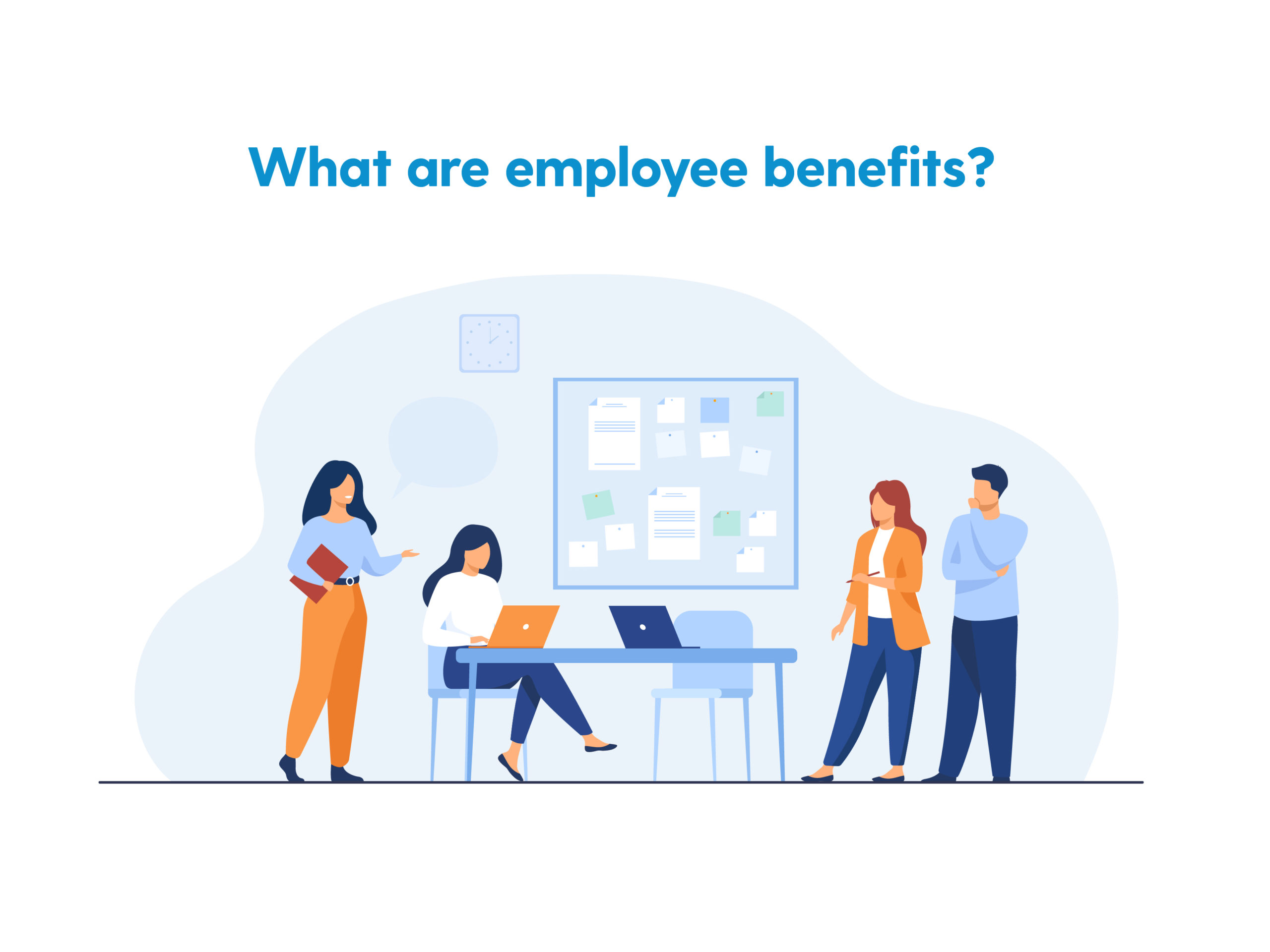
What are employee benefits?
Employee benefits packages are an important part of employee retention and attraction strategies because they allow businesses to compete for top employees.
In fact, retention (72%) and recruiting (58%) were the top reasons for increasing and improving benefits.
If you're not familiar with employee benefits, it's any non-wage compensation package your business offers to its workers. They're usually tied into one or more of the 4 major types of employee benefits.
For example, an employer might offer benefits like flexible working hours for higher productivity and better employee well-being.
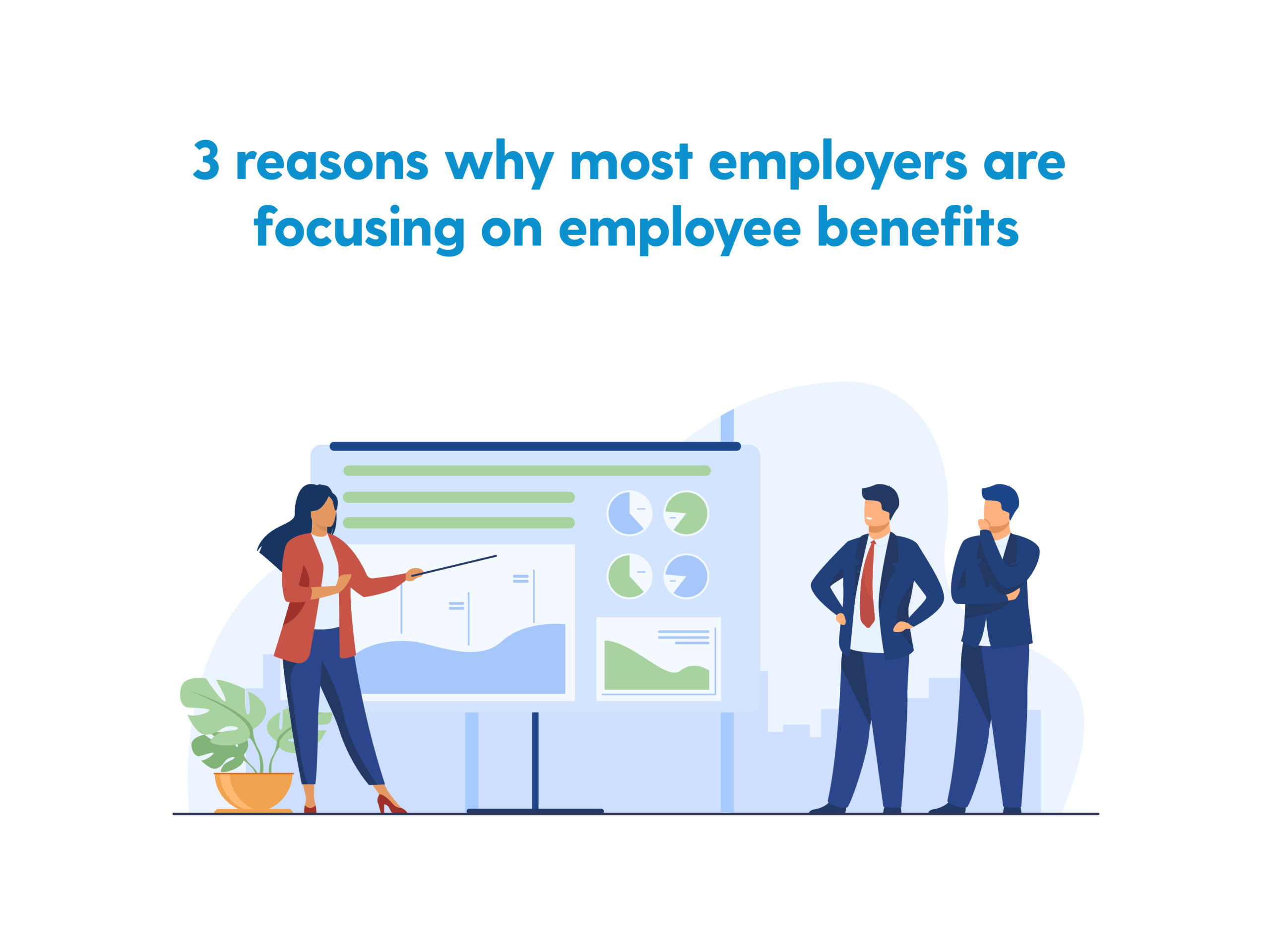
3 reasons why employee benefits help businesses win
Reason #1: Retain existing employees, especially the really good ones
Surveys on surveys have shown that more than half of employees across generations would be more loyal to the company if they have a better and wider array of benefits.
- 69% of employees would be more loyal to the company if they have a wider array of benefits (Metlife Employee Benefit Trends Study)
- 70% of US employees are likely to leave for a company that's known for investing in employee learning and development (Harris Poll)
- 78% of employers said they're more likely to stay because of the employer's benefits program (Willis Tower Watson)
Replacing employees costs a lot. You need to spend a significant amount of time and money on recruiting and training talents.
In fact, losing an employee costs 33% of their annual salary. So, if one of your employees, who was paid $36,000 annually, leaves, you have to fork out $11,880 to replace that employee alone!
You don't need a calculator to tell you how important it is to retain employees. And one of the top factors that make them stick with you is attractive and meaningful benefits.
Reason #2: Attract the cream of talents
Do you know why Google and Facebook invest in employee benefits a lot more than an average business?
Because they want the cream of the crop on recruitment. They want the most brilliant talents to work for them.
To do that, they need to offer their employees something extraordinary, something that makes their lives better and more meaningful.
Facebook, for example, allows their employees to bring their pets to the office so they can work happily with their furry friends instead of missing them back home.
The employees themselves have spoken too.
- 60% of employees consider benefits and perks as a major factor when deciding whether to accept a job offer. 80% of them would choose benefits over pay raise (Glassdoor)
- 41% of workers are likely to look for a new job with better benefits. Millennials (57%) and Gen Zers (65%) are even more likely to do so (Unum)
If companies don't revamp their employee benefits, they'll likely get left behind in the talent war.
Reason #3: Increase employee satisfaction and engagement
Using benefits to keep employees engaged might be new to you, but it actually makes a whole lot of sense when you understand what drives engagement.
Some tactics to increase employee engagement are enabling volunteer opportunities, prioritising physical and mental health, organising company outings, and more.
The good news is that you can provide all the above through your employee benefits programmes.
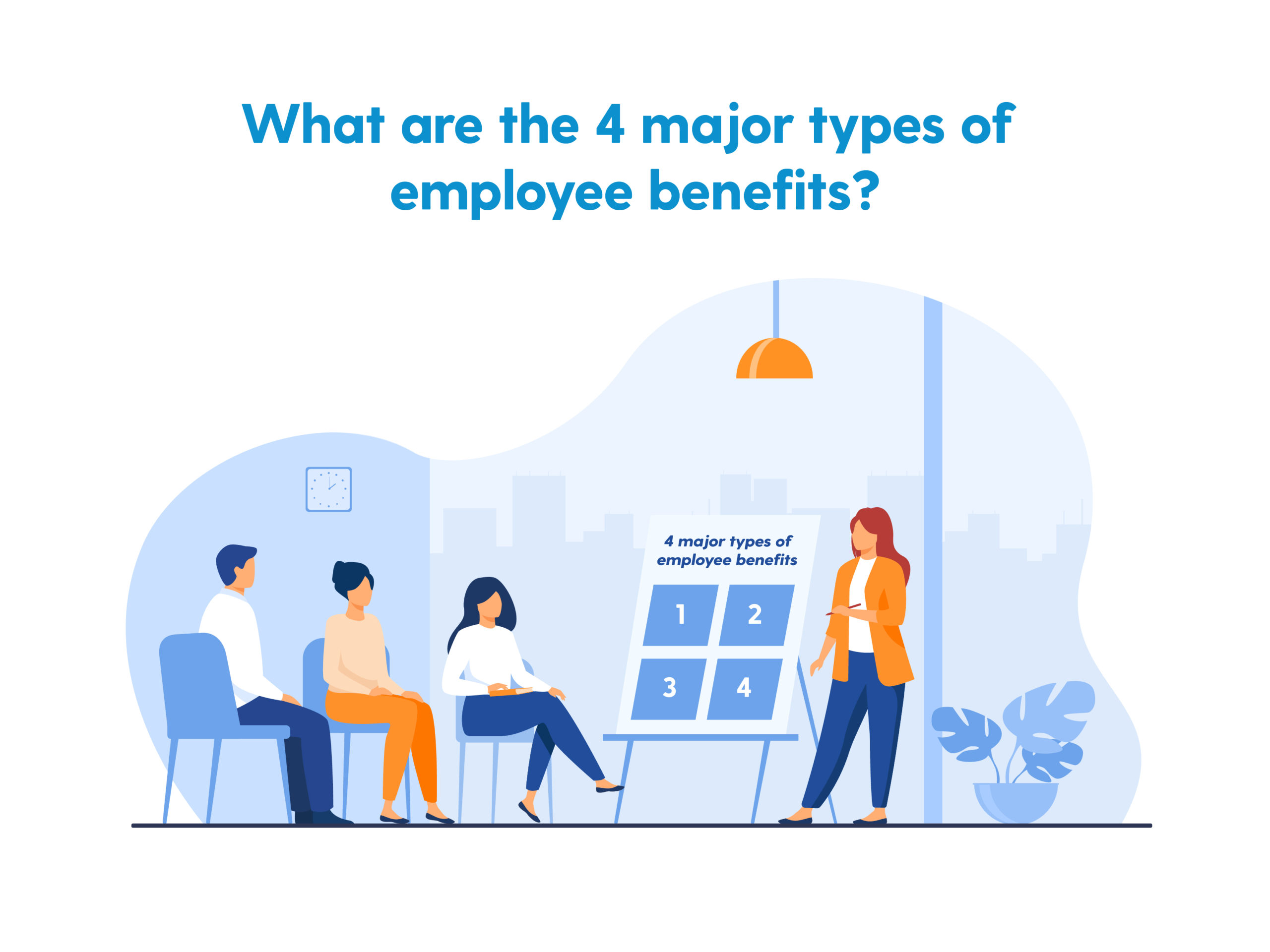
What are the 4 major types of employee benefits?
When considering your company's benefits package, we suggest four major categories to think about:
- Work Environment Benefits
- Health & Wellness Benefits
- Financial Security Benefits
- Lifestyle Benefits
Work Environment Benefits
These are the benefits employers offer to support a healthy and engaging working environment. Most of your employee benefits will generally fall under this category.
Here are some employee benefits examples for work environment:
- Paid leave
- Paid sick leave
- Paid maternity leaves
- Paid paternity leaves
- Flexible hours
- Option to work remotely
- Skills development (personal and professional)
- Subsidised lunches
- Free snacks, beverages, and fruits
- Company events
- Employee clubs and activities
- Paid parking
- "Bring your pet to work" programme
- Casual dress
Health & Wellness Benefits
These are benefits that contribute to the physical and mental well-being of a company's workforce. Some have been around for years, like medical insurance, while others, such as mental health and gym membership options, are becoming much more common in today's culture.
Here are some examples of medical benefits for employees in Singapore:
- Gym membership
- Smoking cessation programme
- Free or subsidised medical check-up
- Mental health therapy
- Masseur in the office
- Dietary counselling
- Health insurance benefits
- Telemedicine
- Psychologist counselling
- Medical practitioner
Financial Security Benefits
Financial security benefits are additional perks offered to employees on top of a salary or bonus. These benefits help to add monetary value to an employee's total compensation and benefits package.
A few examples of what financial security benefits might look like in your organisation include:
- Pension plan
- Retirement plans
- Option to exchange salary for pension
- House insurance
- Auto insurance
- Commission
- Performance bonus
- Stock options
- Financial counselling
- Disability insurance
- Life insurance
- Student loan assistance
- Profit sharing option
Lifestyle Benefits
This category of benefits includes all the benefits that go above and beyond to make a person's life easier. These may be different from other benefits, but they are an effective effort to distinguish yourself when hiring talents.
- Home cleaning
- Grocery delivery
- Childcare
- Homework help
- Legal services
- Car leasing
- Public transport allowance
- Congestion taxes
- Bicycles
- Carpooling
- Workplace parking
- Unlimited paid time off
With so many benefits around, how would you know which appeals the most to your current and future talents?
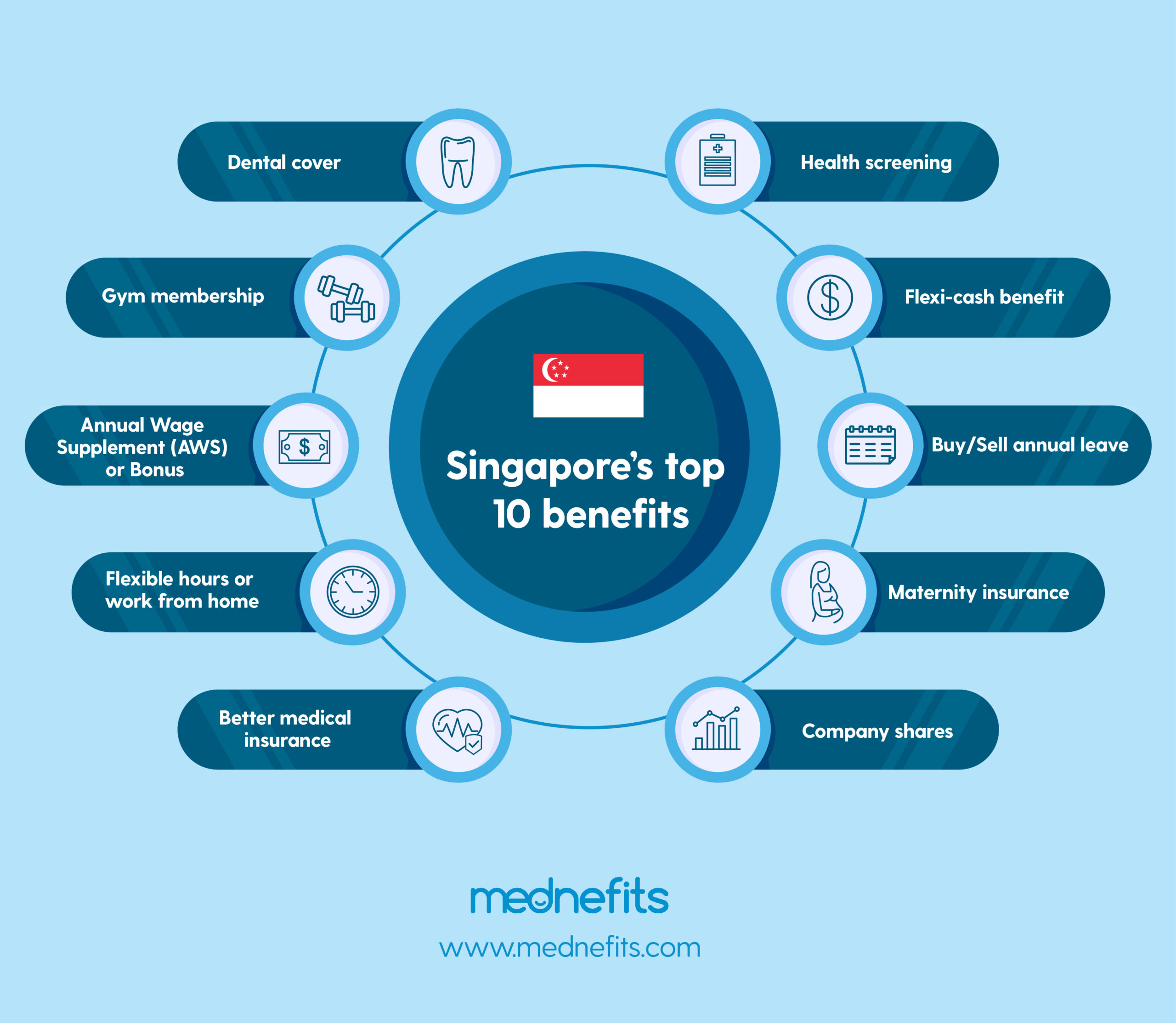
What are the top 10 most popular benefits In Singapore?
According to the State of Employee Benefits report by Swingvy, these are the top 10 employee benefits that Singapore workers want but not offered by most companies.
- Dental cover
- Gym membership
- Annual Wage Supplement (AWS) or Bonus
- Flexible hours or Work from home
- Better medical insurance
- Health screening
- Flexi-cash benefit
- Buy/Sell annual leave
- Maternity insurance
- Company shares
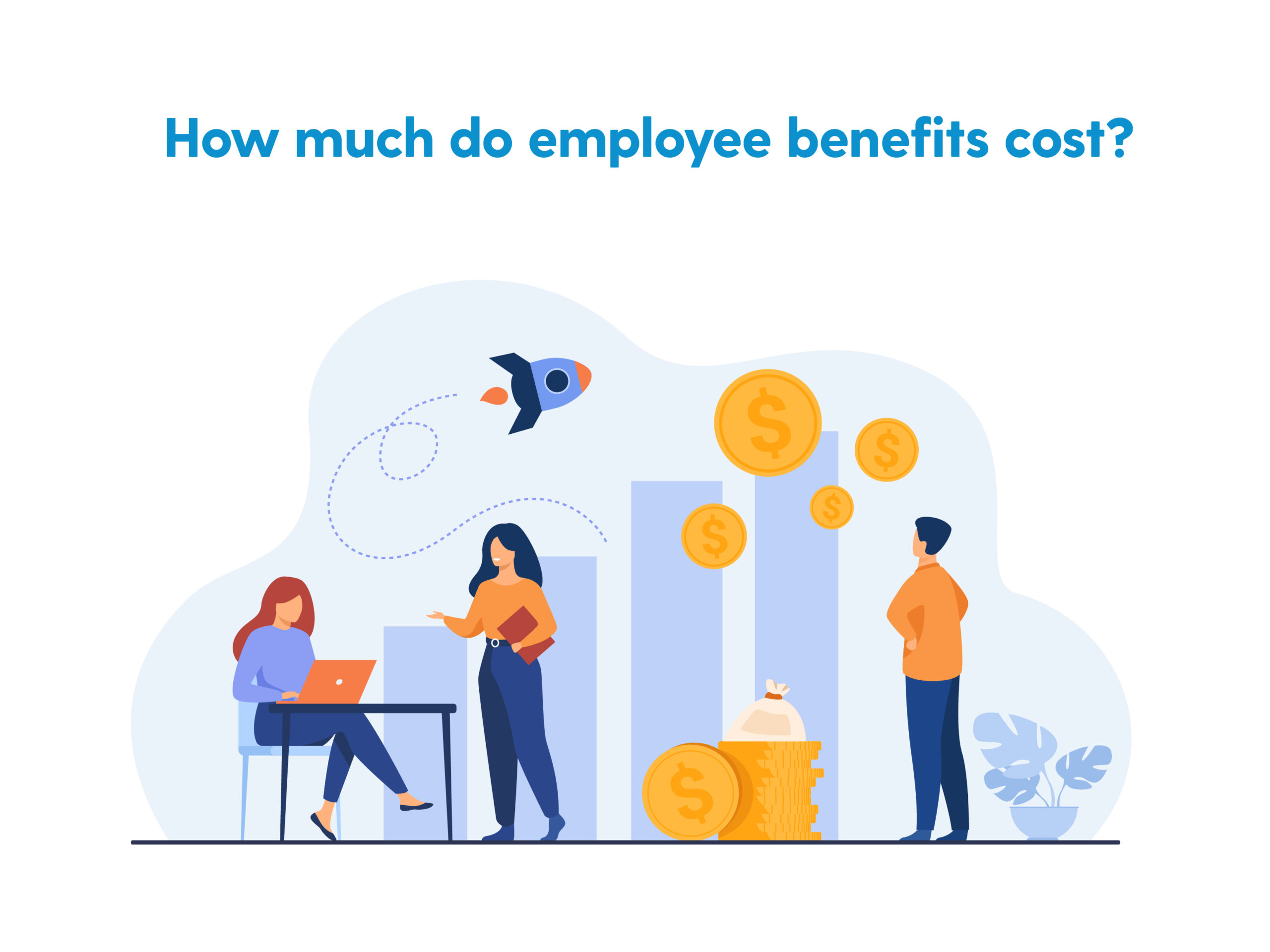
How much do employee benefits cost?
In the 2022 Employee Benefits Trend Report, Singapore employers spend on average $498 per employee per benefit. Here's a more detailed breakdown:
- Hospitalisation: $900
- General Practitioner: $371
- Health Screening: $430
- Dental: $394
- Specialist: $565
- Wellness: $616
- Traditional Chinese Medicine: $286
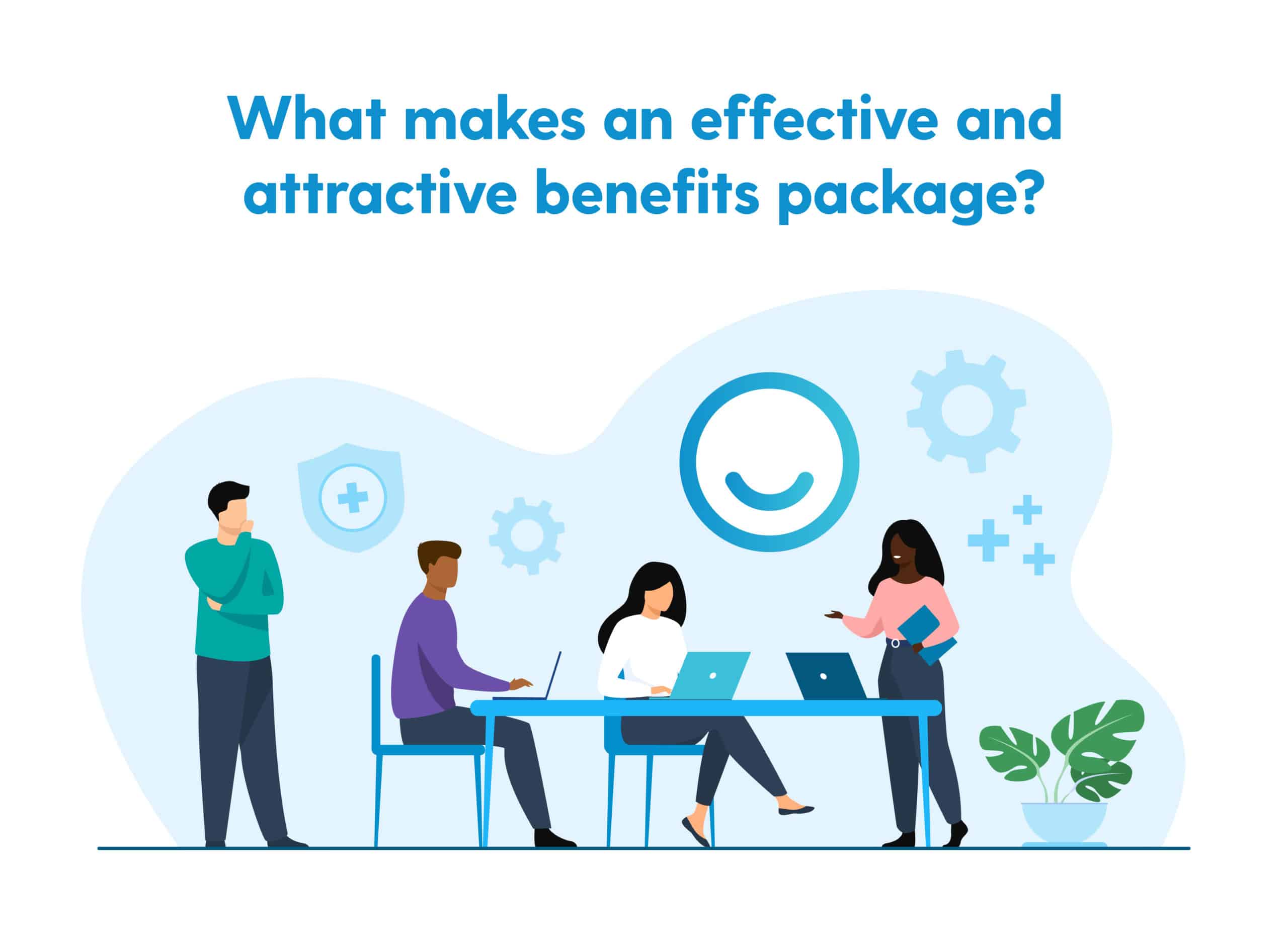
What makes an effective and attractive employee benefits package in Singapore?
#1: Comply to the employee benefits policies in Singapore
There are mandatory and non-mandatory benefits that employers in Singapore need to know. Read this article to find out which employee benefits you should offer.
#2: Takes the overwhelming load off the HR team
Collecting and processing the claims takes a lot of time and energy for the HR department. It's a hassle to go through piles of paper or e-receipts and key in the information into the HRMS. Those time and energy are better spent on strategic tasks that matter.
For some companies, the HR team is also overwhelmed by employees' inquiries about benefits. It may seem like a simple question, but multiply that by 10 and the hours could have gone for just answering inquiries.
An effective employee benefits package takes the overwhelming load off the HR team and gives them time to work on what matters most.
#3: Meet the needs of your employees
A study showed that nearly 50% of employees said their employers are not offering meaningful benefits that help. In particular, benefits need to address issues that are costly for your workers or that they prioritise more than anything else.
Do your employees value the top 10 benefits above? Or do they value other benefits? The only way is to find out. How? Conduct a company-wide survey.
Here's the step-by-step guide to help you get started:
Step 1: Choose a list of benefits that your employees might value. Use the above list to start.
Step 2: Group your employees according to their demographics such as age, marital and family status, departments, or ranking.
Step 3: Create questions for the survey. Here's a survey template you can use.
Step 4: Roll out the survey
Step 5: Collect the answers and analyse the data.
#4: Simple and direct communication
Not every employee understands benefits as you do. Treat them as 10 year old children and explain the benefits in a simple way. Take longer time to explain benefits that are more complicated like hospitalisation, insurance coverage, flexible work hours, and more.
Do not rely on one channel. Use multiple channels to make sure the message lands. Also use multiple message formats to communicate the benefits effectively. For instance, using infographics, videos, summaries, and text messages.
#5: Flexible and customisable
Everyone is unique, including their needs and lifestyles. As a result, some benefits will be wonderful for some of your employees but pointless for others.
Having a flexible and customisable benefits package allows employees to choose from a wider range of benefits than what is typically available through a package. Employers ultimately determine the amount of choice they want to give employees around the kinds and levels of benefits accessible to them.
The more autonomy and choices you can give to your employees, the more likely they'll stay loyal to you because you're giving them exactly what they need.
#6: Evaluate the effectiveness of the new benefits
If you don’t evaluate, it’s impossible to know how effective your employee benefits plan is. The plan should be assessed regularly to check if it’s meeting your objectives and budget.
Always keep an eye on the business climate, economy, workforce demographics, and employment laws to ensure you are competitive and compliant.
Survey and listen to your employees’ feedback on the newly designed employee benefits plan and improvise along the way.
Download the HR Benefits Sentiment Finding Template to check how satisfied your employees are towards your benefits.
Related articles:
About Mednefits:
Mednefits helps businesses take care of their employees with its automated, affordable, and accessible employee benefits platform.
Request to join Mednefits for free to help process and track claims in real-time, while controlling costs.
